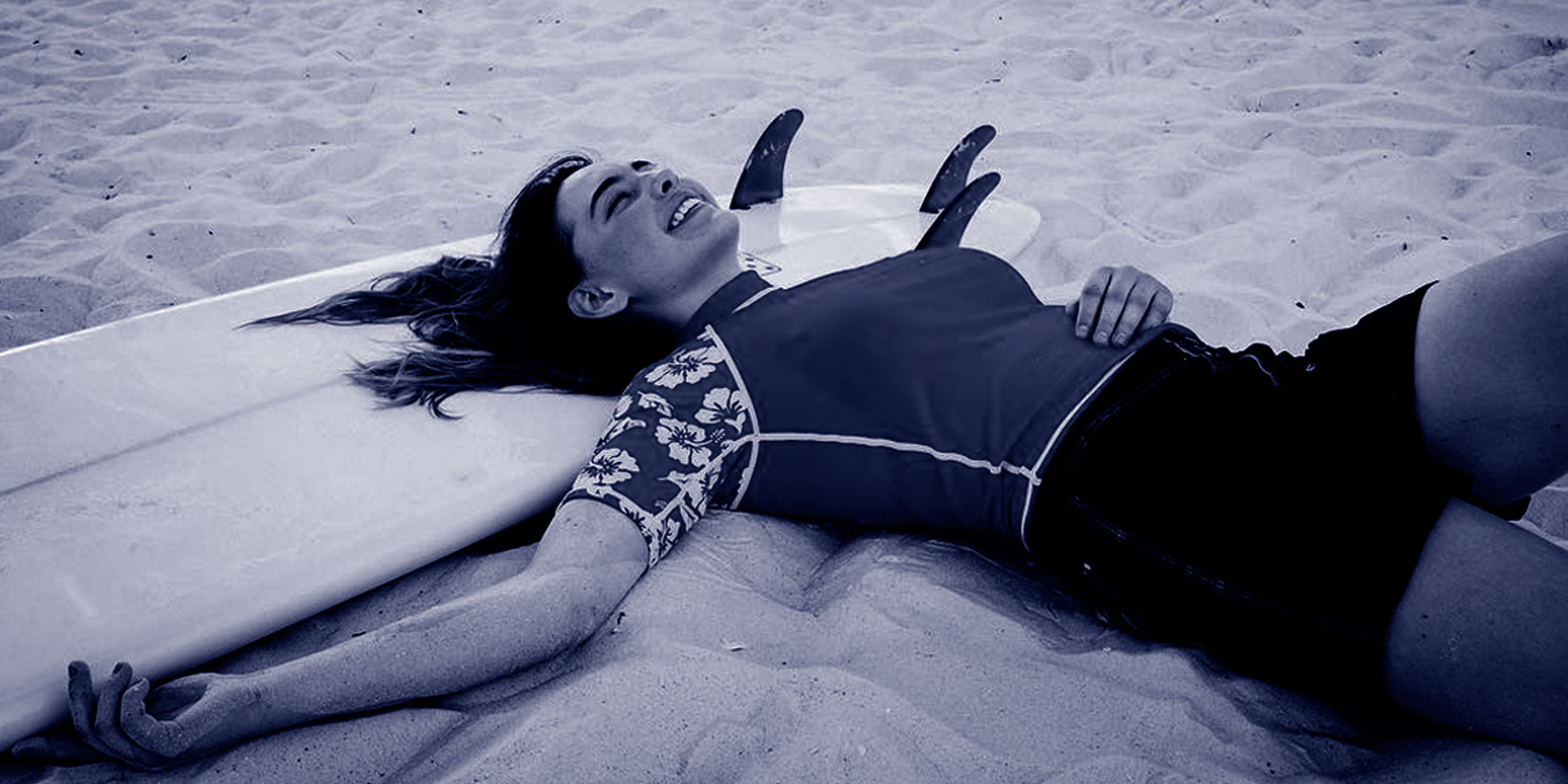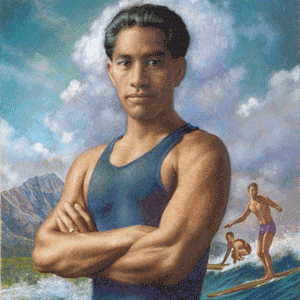The name “Duke” is not a title, but a given name. His father was named “Duke” in honor of Prince Alfred, Duke of Edinburgh, who was visiting Hawaii at the time of the elder man’s birth in 1869. The younger “Duke”, as eldest son, inherited the name.
In his youth, Kahanamoku preferred an old-school (traditional) surf board, which he called his “papa nui”, constructed after the fashion of ancient Hawaiian “olo” boards. Made from the wood of a koa tree, it was sixteen feet (4.8 m) long and weighed 114 pounds (52 kg). The board was without a skeg, which had yet to be invented. In his later career, he would often use smaller boards, but always preferred those made of wood.
On August 11, 1911, in an amateur swim meet, Kahanamoku was timed at 55.4 seconds in the 100 yard (91 m) freestyle, beating the existing world record by 4.6 seconds, in the salt water of Honolulu Harbor. He also broke the record in the 220 yd (201 m) and equaled it in the 50 yd (46 m), but the Amateur Athletic Union, in disbelief, would not recognize these feats until many years later.
Nevertheless, Kahanamoku easily qualified for the U.S. Olympic swimming team in 1912, breaking the record for the 200 meter freestyle in his trial heat for the 4*200 relay. He went on to win a gold medal in the 100 meter freestyle in the 1912 Olympics in Stockholm, and a silver with the relay team. During the 1920 Olympics in Antwerp, he won gold medals both in the 100 meters, bettering fellow Hawaiian Pua Kealoha, and in the relay. He finished the 100 meters with a silver medal during the 1924 Olympics in Paris, the gold going to Johnny Weissmuller and the bronze to Duke’s brother, Samuel Kahanamoku.
Between Olympic competitions, and after retiring from the Olympics, Kahanamoku traveled to different places in the world, particularly Australia and the United States, to give swimming exhibitions. It was during this period that he popularized the sport of surfing, previously known only in Hawaii, by incorporating surfing exhibitions into these visits as well. His surfing exhibition at Sydney’s Freshwater Beach on December 23, 1914 is widely regarded as the most significant day in the development of surfing in Australia. The board Kahanamoku used is retained by the Freshwater Surf Club and can be viewed if the caretaker is approached respectfully. There is a statue of Kahanamoku on the headland at Freshwater. Duke was also known as the Father of Surfing.
During his time living in Southern California, Kahanamoku also performed in Hollywood as an extra and a character actor in several films. In this way, he made connections with people who could further publicity for the sport of surfing. Kahanamoku was also involved with the Los Angeles Athletic Club, acting as lifeguard and competing on both swimming and water polo teams.
While living in Newport Beach, California on June 14, 1925, Kahanamoku rescued eight men from a fishing vessel that capsized in heavy surf while attempting to enter the city’s harbor. Twenty-nine fishermen went into the water and seventeen perished. Using his surfboard, he was able to make quick trips back and forth to shore to increase the number of sailors rescued. Two other surfers saved four more fishermen. Newport’s police chief at the time called Duke’s efforts “the most superhuman surfboard rescue act the world has ever seen.” Thus was born the tradition of lifeguards having rescue surfboards at the ready.
Duke Kahanamoku was the first person to be inducted into both the Swimming Hall of Fame and the Surfing Hall of Fame. The Duke Kahanamoku Invitational Surfing Championships are named in his honor. He served as sheriff of Honolulu, Hawaii from 1932 to 1961.
There is also a chain of restaurants named after him in California and Hawaii called Duke’s.



